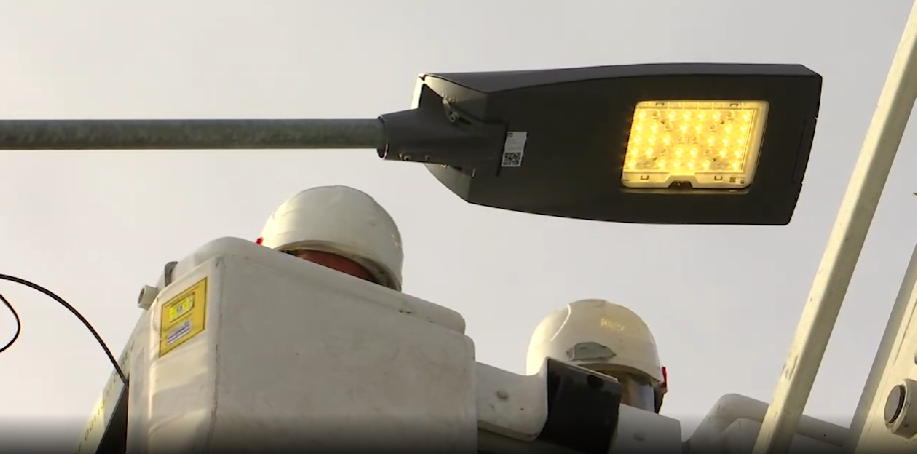The history of Belgian street lighting: fluorescent tubes
The neon tube
Before we start talking about this technology, a few basics need to be established. The term "neon tube", often used by many people, is very reductive of its actual name. Indeed, fluorescent tubes, also known as luminescent tubes, generally do not contain this rare gas. Neon tubes, on the other hand, are a different type of discharge lamp that emits red light and do not use fluorescence. Now that this has been said, let's continue!
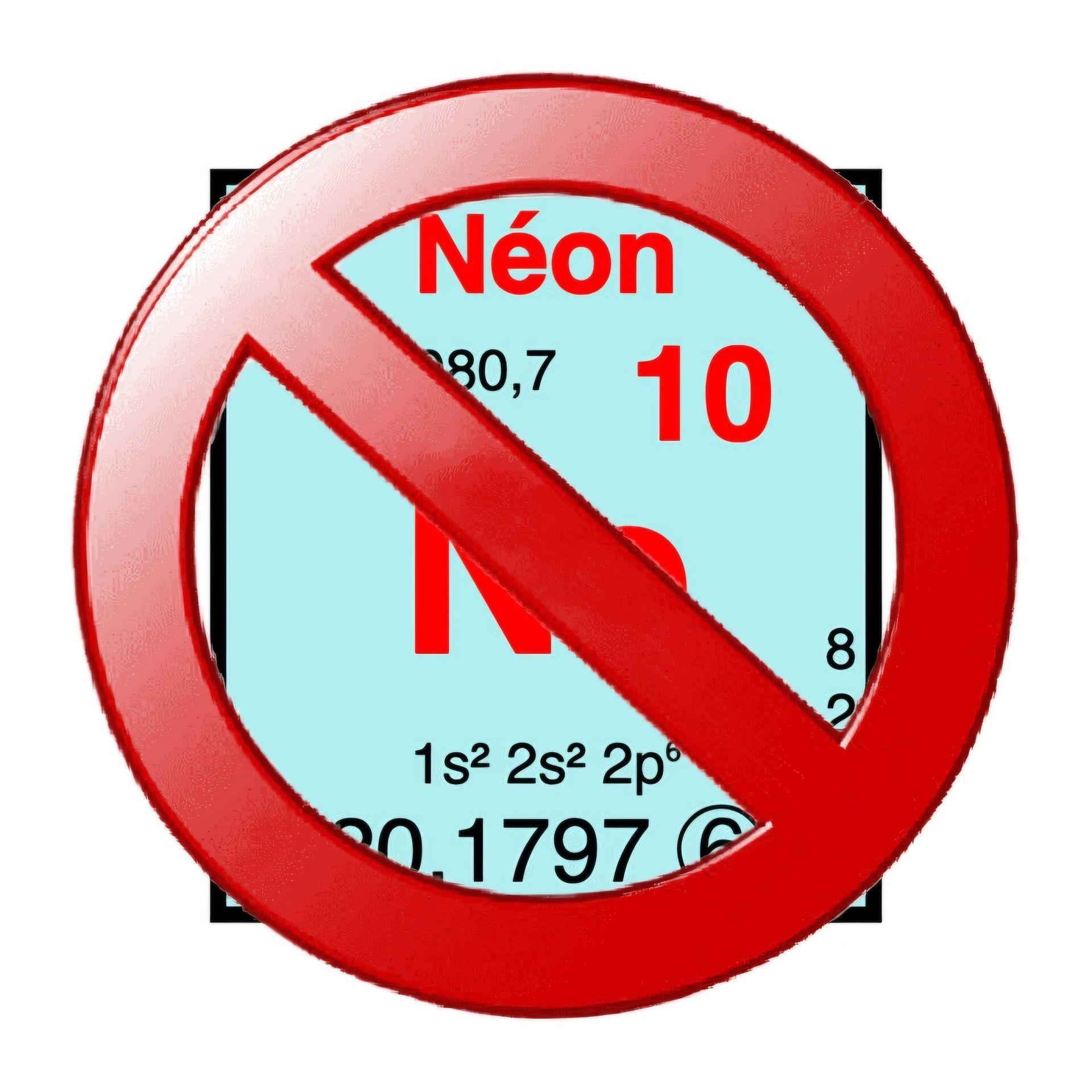
What is a fluorescent tube
A fluorescent tube (or luminescent as mentioned earlier) is a discharge lamp consisting of a long glass tube in which a fluorescent powder is trapped along the inner wall, as well as two electrodes located at its ends. Low-pressure mercury vapour is mixed with a trapping gas, usually argon. In street lighting, they often emit a whitish hue, although it is possible to have a more orange or bluish tint.
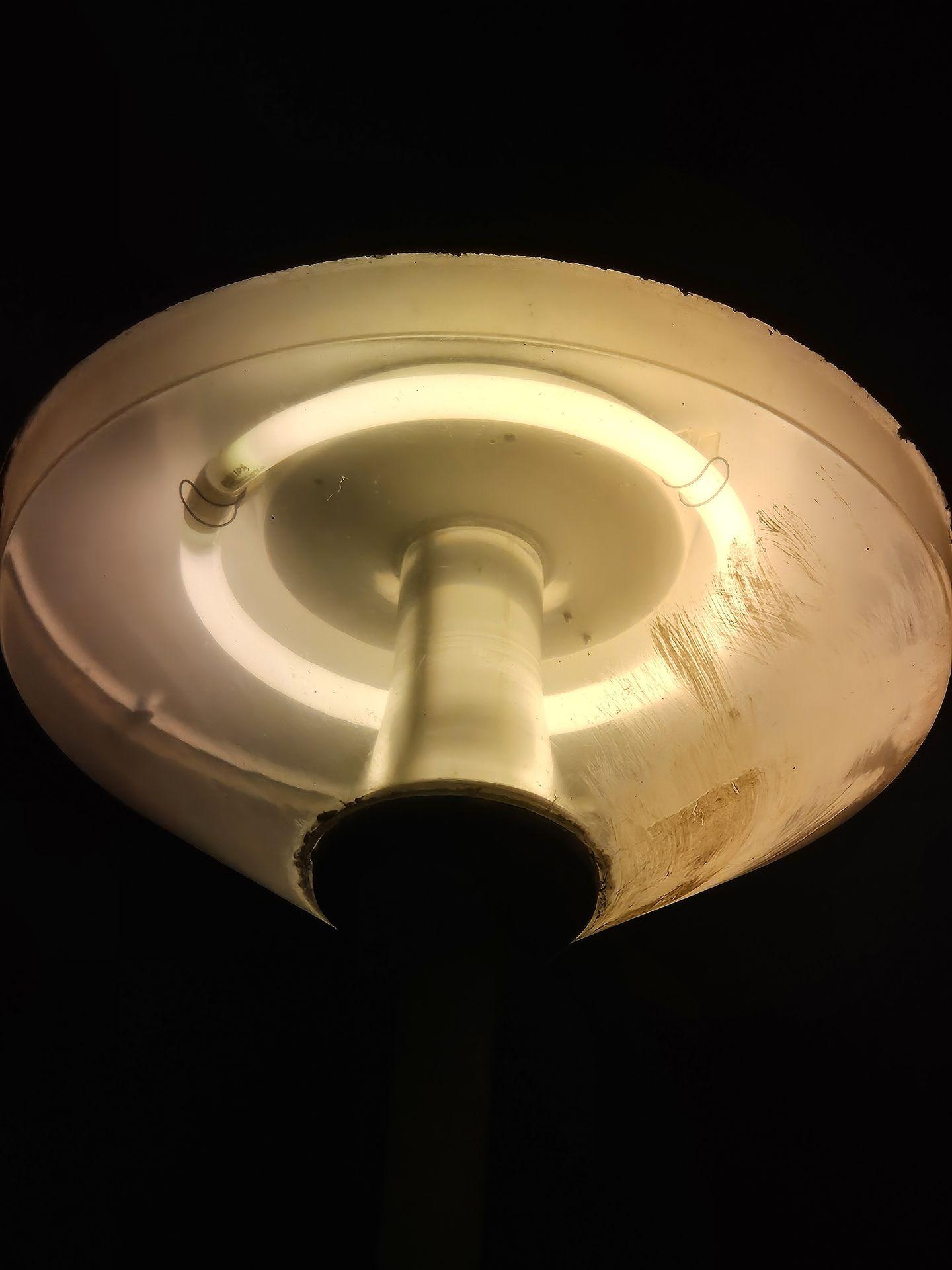
The 1950s: the beginning
We are after the Second World War (1940-1945), with the destruction of many buildings and infrastructures, it is time to restore all of this. Street lighting is part of this reconstruction. The incandescent lamp, the main source at that time, is now obsolete. Experts therefore decide to find a light source to replace it. Mercury lamps, already existing at that time, make their appearance for the lighting of our roads. There are many advantages in their favour: low consumption, almost no glare hazard, a significantly longer lifespan, as well as a very high colour rendering.
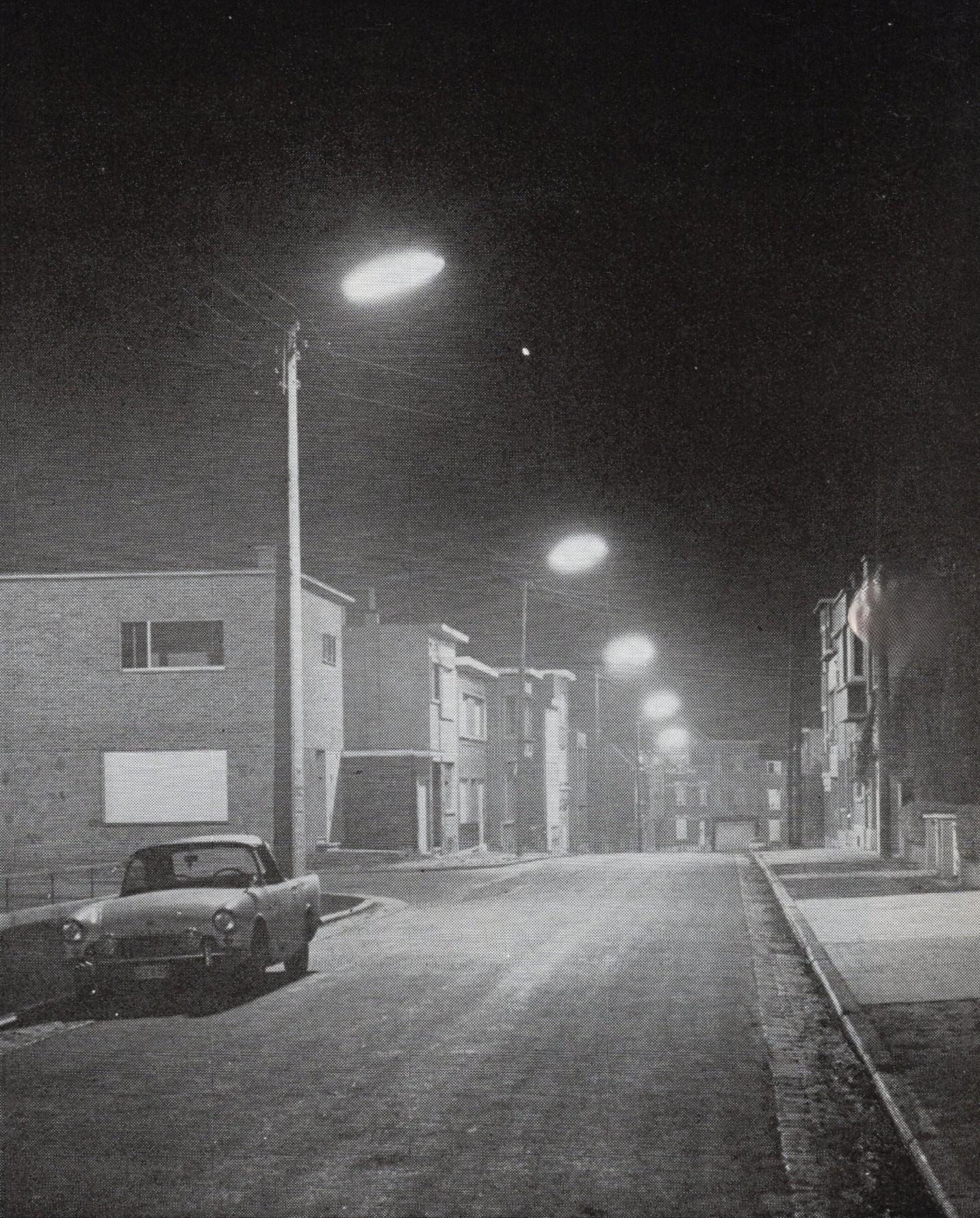
A Belgian light fixture makes history
If the new "in vogue" source has been found, it was very complicated to adapt it to the function of outdoor lighting. For this, after thorough studies, a Liège-based brand presents its solution. Les Constructions électriques Schréder has developed a device to protect the tube and electrical components from the elements. This luminaire was also equipped with a shiny reflector, in order to achieve the best possible efficiency for optimal lighting. The name of this luminaire: VP (synonymous with the Ville de Paris)
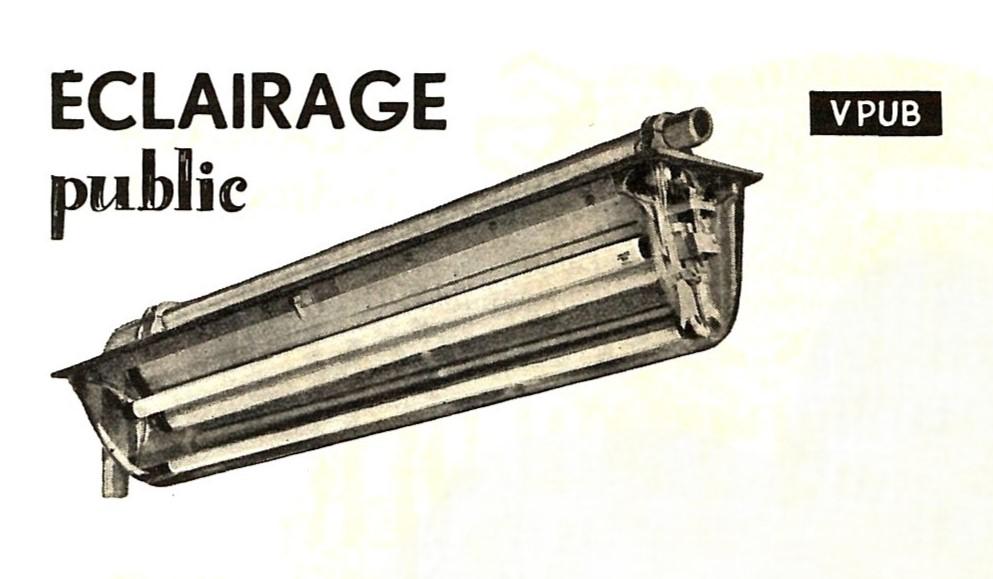
The ACEC's are coming back
The Ateliers de Constructions Électriques de Charleroi made their entry into the field of public lighting during the 1950s, with one of their very first luminaires: the REV. While it bears a striking resemblance to the Liège device, the Charleroi brand distinguishes itself by the removal of starters. This model was a great success in the Charleroi region, as well as throughout the provinces of Hainaut and Namur.
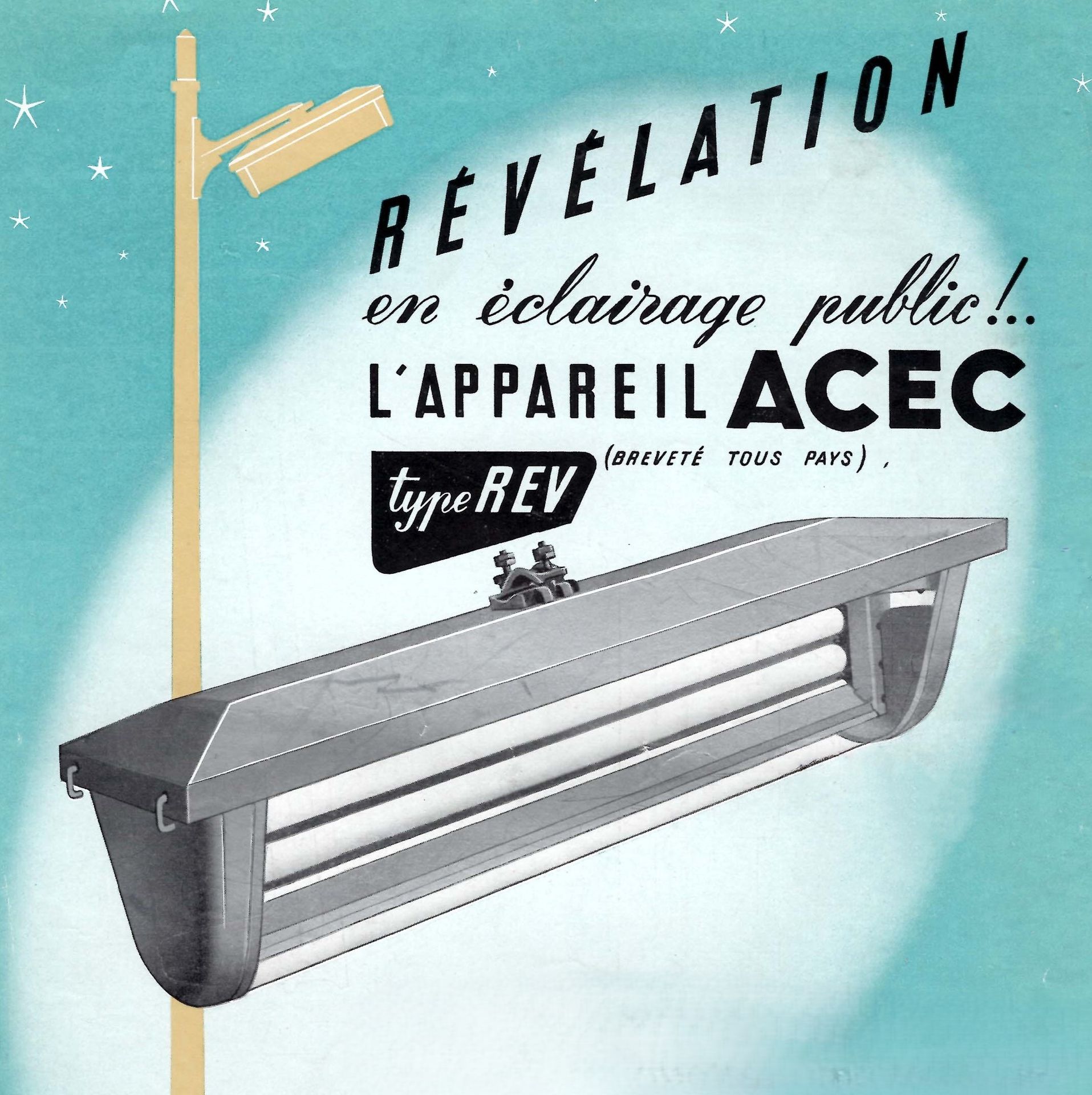
A more compact light fixture
After the success of the REV, ACEC continues its ascent with a brand new luminaire, much more minimalist than what was available on the market: the RQM. This device features 3 ranges with 6 different configurations. It was quickly adopted across the country, and this continued until the end of the brand's "public lighting" division in the 1990s.
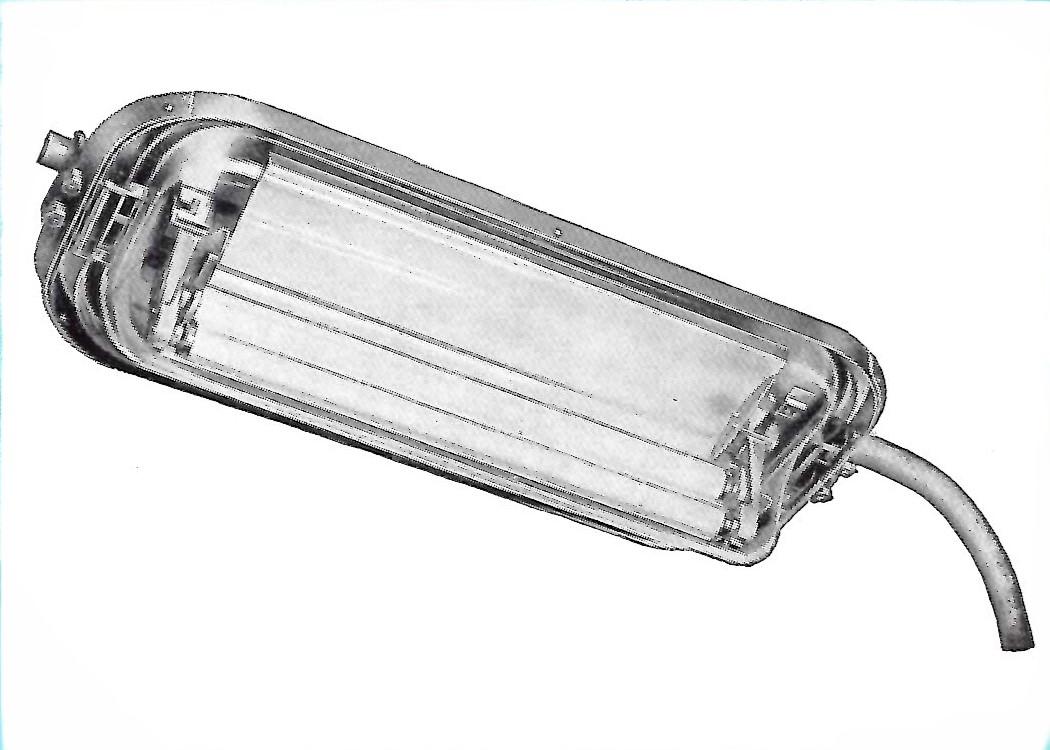
1958: the success
This year, The Constructions Électriques Schréder is designing THE biggest success for fluorescent tubes: the Schréder GN. Aside from motorway lighting, this luminaire is installed everywhere, whether in a small alley or on a large boulevard. The recipe for its success: an easy design for maintenance, but also its style introducing elongated luminaires during the 1960s.
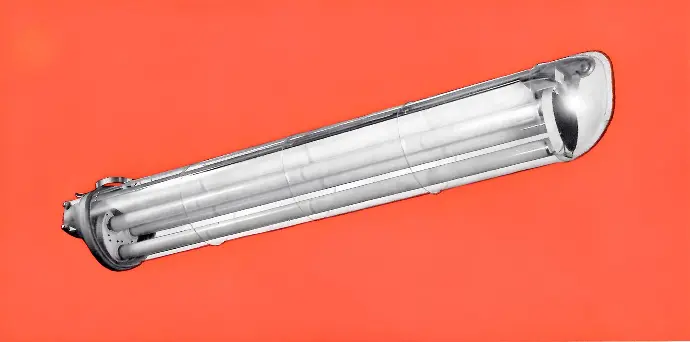
Brussels adopts a juggernaut
In 1959, the Liège-based brand developed a rather imposing light fixture, due to the number of fluorescent tubes it could accommodate: the Schréder GP. This model was only sold in Brussels, but it marked the history of lighting in the capital. Five 65W tubes illuminated many of the major boulevards, such as the Petite Ceinture and also in the Houba de Strooper Avenue.
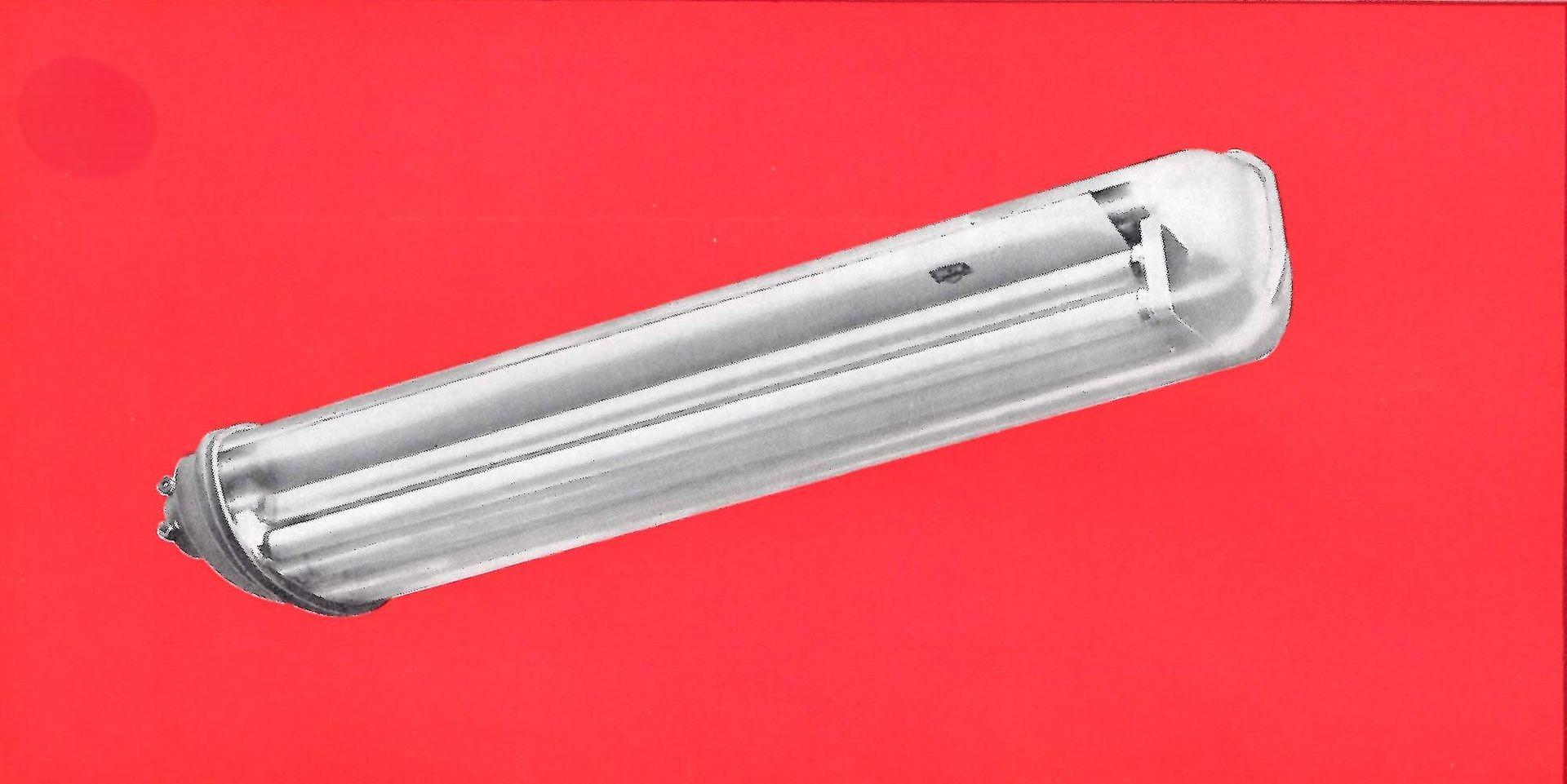
The fixture from Herstal
After Schréder and ACEC, another Liège-based company decided to design a luminaire for rural lighting. Électro-Lumière S.A (or ELSA) has managed to enter the big leagues with its model (currently unnamed, we will therefore call it "Gruella"). It has been sold in a few municipalities in the provinces of Namur and Hainaut, but its biggest success was found in the province of Liège.
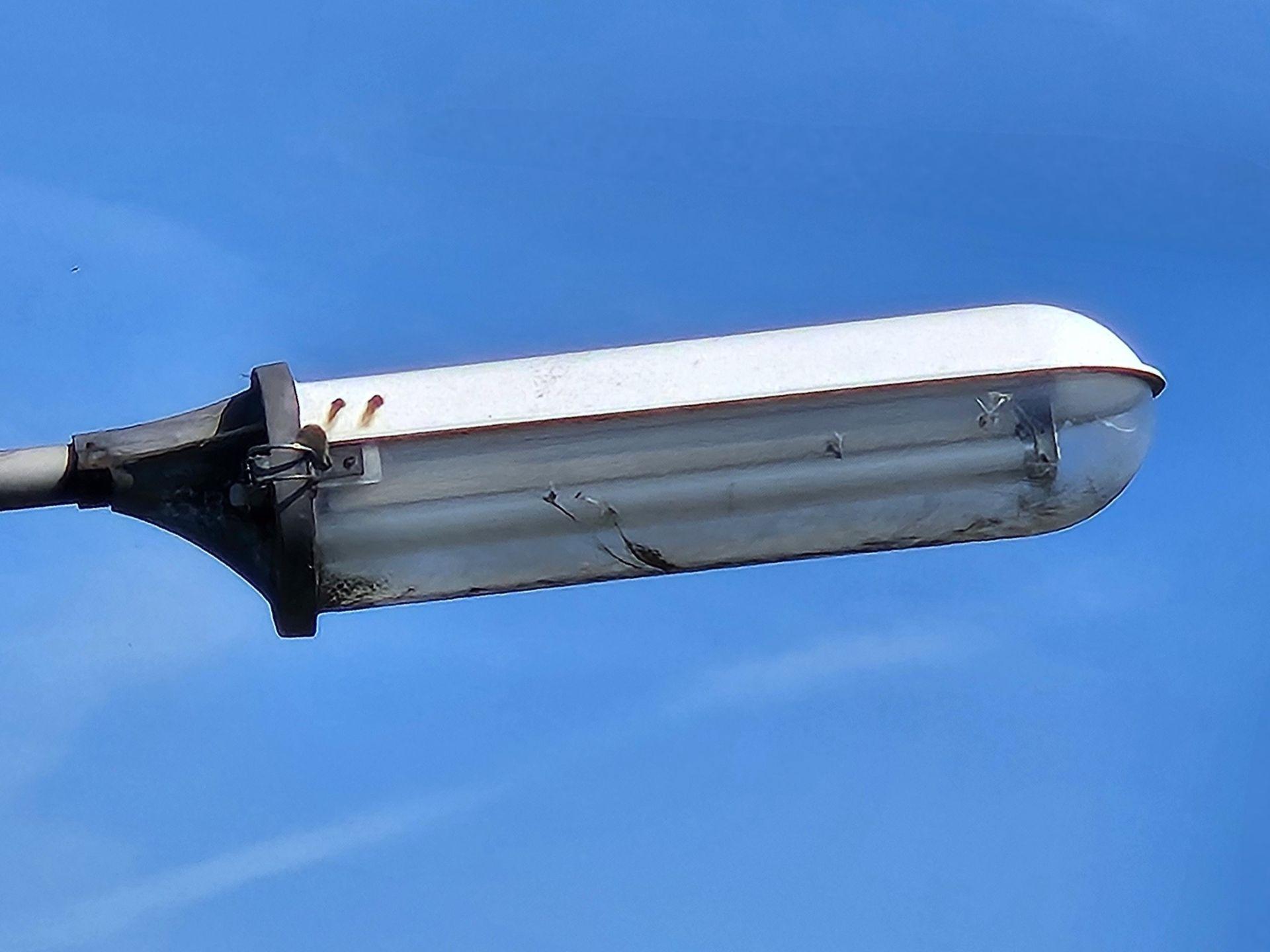
Decorative lighting
There was not only "functional" lighting for fluorescent tubes; ACEC had designed a number of luminaires for parks and small spaces by mounting the lamps horizontally. Thanks to this process, artistic possibilities expanded. The best-selling models are the LEA and the LED from ACEC, which stood out for their unique design.

1968: A New Technology
1968 marks the arrival of the very first high-pressure sodium (HPS) luminaires, and this new technology quickly gained popularity as fluorescent tubes began to decline. Although fluorescent tubes offer better colour rendering, their lifespan and lumen output are significantly inferior to this new technology. From 1980 onwards, Belgian manufacturers decided to cease the production of luminaires for fluorescent tubes.

1990: The Great Replacement
After more than 40 years of faithful service, a large number of light fixtures have been replaced in villages, along major roads, in industrial zones, in short, everywhere... Some fixtures were very energy-intensive for their use, and the required brightness was not met. The most common was the Schréder GN 340, which consumed 120W on its own. Furthermore, new models have been designed in the meantime with entirely new designs. Sodium technology has been chosen for this replacement, whether under high or low pressure. The Schréder MC and VZ have mainly been used.
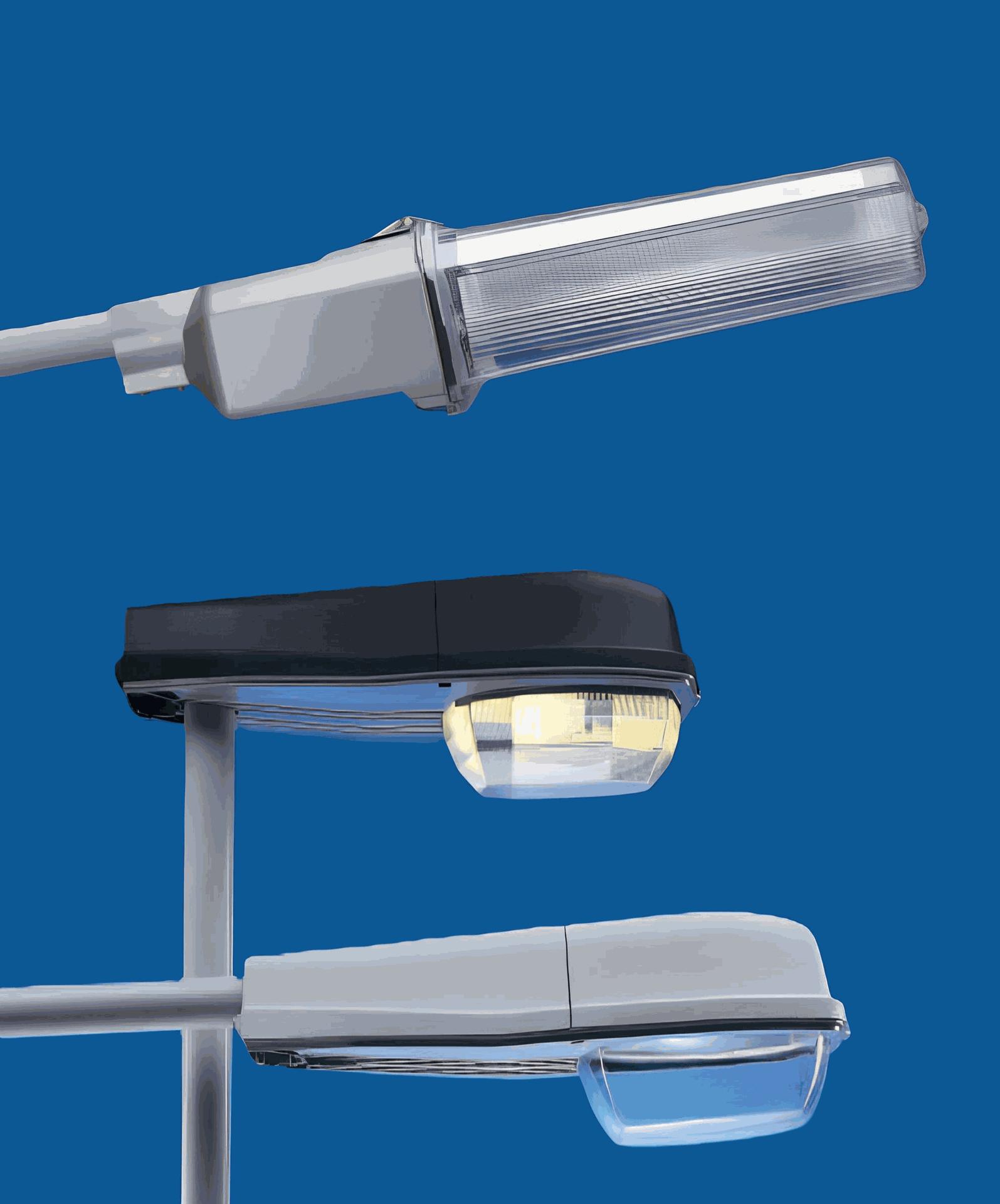
2015 : THE END
In 2015, Europe decided to ban fluorescent lamps (restriction "mercury lamp 0%"). As a result, luminaires for fluorescent tubes are also affected by this measure. The last remaining units still installed have therefore been replaced by new models for high-pressure sodium, or by a new technology making its first steps in public lighting: LED (Light-Emitting Diode). This year thus definitively marks the end of fluorescent lighting on our roads.
